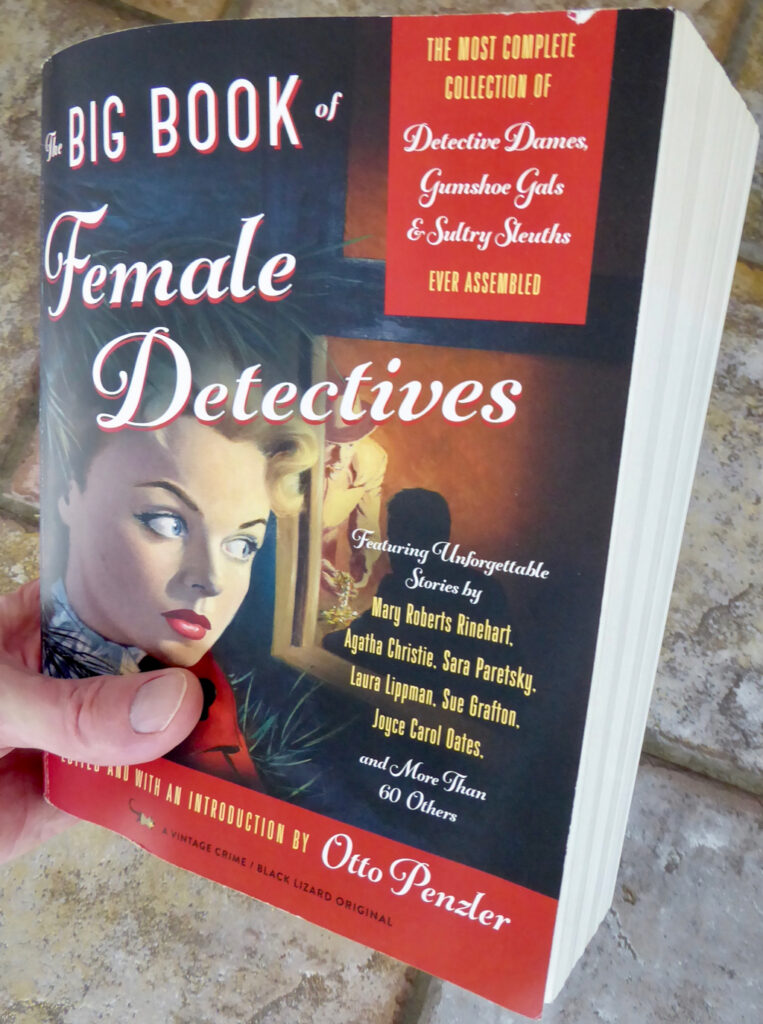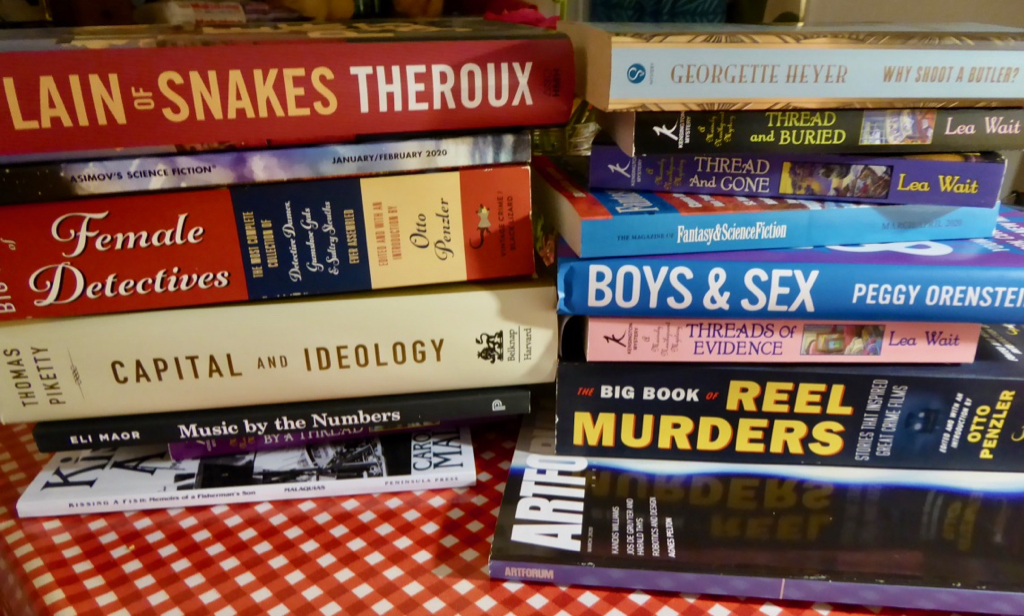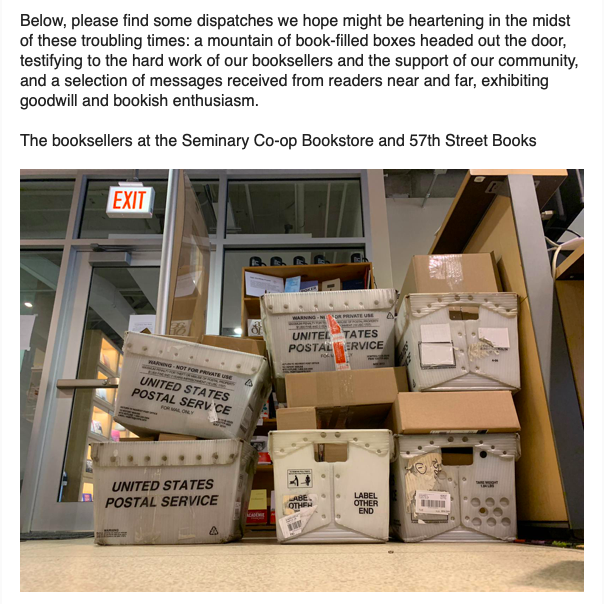Keeping Heart on Pine Ridge by Vic Glover (Native Voices, 2004) is one of the best American spiritual memoirs I’ve read. In a series of linked essays, Glover talks about what it’s like to live on the Pine Ridge Indian Reservation in South Dakota, covering everything from commodity foods to reservations roads to the cars and trucks that drive on those roads.
Through all the trials of life on the reservation — the poverty, the low quality commodity food, the harsh weather — Glover’s spirituality sustains him. He doesn’t make a big deal of his spirituality. He describes, simply and well, his efforts, and the efforts of his tiospaye, to keep traditional spirituality alive.
Glover’s accounts of sweat lodges and the Sun Dance are unsentimental and emotionally powerful. Even when he’s not talking about specific religious rituals, spirituality creeps in to his accounts of every day life: the sense of connectedness of all life, the sense of something larger than ourselves, the necessity for justice work to bring ideals into reality.
I especially appreciate that Glover understands how spiritual community works. More than once, he points out that you can’t just show up at a Sun Dance and expect to be part of the in crowd. Spirituality is not just about one or two big sacred events: spirituality is something that happens day after day. And spirituality happens in community. It takes people in community to keep the rituals alive — people who do the mundane but necessary chores, people who cook the food eaten by the community, people who show up.
Maybe that’s the whole point of this book. You have to show up. Regularly, whenever you can. Like the member of Glover’s spiritual community whose truck breaks down and then walks for miles to show up for a routine sweat lodge. Glover quietly contrasts this kind of person with the spiritual dilettantes (my term, not his) who show up for the big celebration, the Sun Dance, and then disappear. Glover doesn’t pass judgement on these dilettantes; they’re welcome to come and participate at that level; but he makes it clear that it’s the people who show up regularly who keep the tradition alive.
There’s a parallel here with what happens in the Unitarian Universalist congregations I’ve been part of. Lots of people only show up when there’s a special musician, or a Big Name Preacher, or for the Christmas Eve candlelight service. But the ones who actually keep the tradition alive are the people who show up week after week. They just show up, even when it’s boring. They’re the ones who keep it going — by just showing up. That’s how community is nurtured, and that’s how religion and spirituality are passed on, in a community. The traditional spirituality of the Oglala Sioux is very different from Unitarian Universalism, but the common human thread that runs through through both is community.
This is a book worth reading. Buy it if you can, either from the publisher or an independent book store (not from Amazon, please, because their business model screws authors). If you really can’t afford it, you can borrow it online from the Internet Archive.




